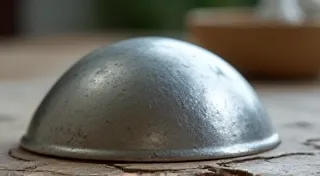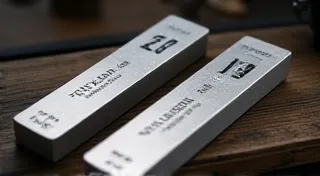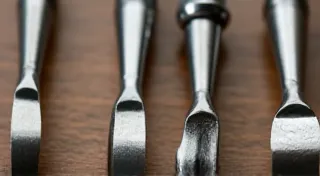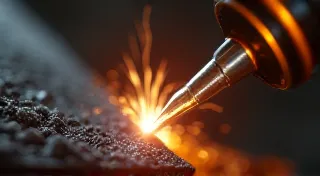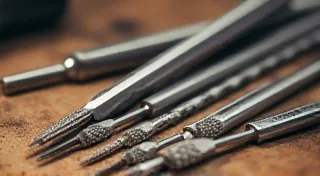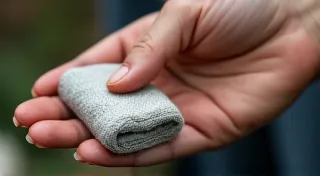Cleaning Silver: Maintaining the Beauty of Your Creations
Your silversmithing journey has just begun, and you’ve created some beautiful pieces! But silver, even when expertly crafted, is prone to tarnishing. Understanding how to properly clean your silver pieces is essential for preserving their beauty and extending their lifespan. This guide is specifically tailored for beginners, covering easy and safe methods to keep your silver creations sparkling. Before you dive into cleaning, it's worth reviewing some fundamental techniques – like mastering basic silver forming techniques – as a solid understanding of silver’s properties can impact how you care for it.
Understanding Tarnish
Tarnish is a thin layer of corrosion that forms on the surface of silver. It's caused by a chemical reaction between silver and sulfur compounds in the air. These compounds can come from pollution, humidity, and even certain fabrics and skin lotions. Don't worry, it's natural and easily remedied!
Gentle Cleaning Methods for Beginners
1. The Soft Cloth Method (For Light Tarnish)
For slight tarnishing, a soft, lint-free cloth is often all you need. Use a polishing cloth specifically designed for silver – these are readily available at craft stores. Gently rub the silver in small, circular motions. Avoid excessive pressure, as that can scratch the surface. Remember, proper handling and care start with understanding the fundamentals of silver – and the proper tools for shaping it – to avoid unnecessary stress on your pieces.
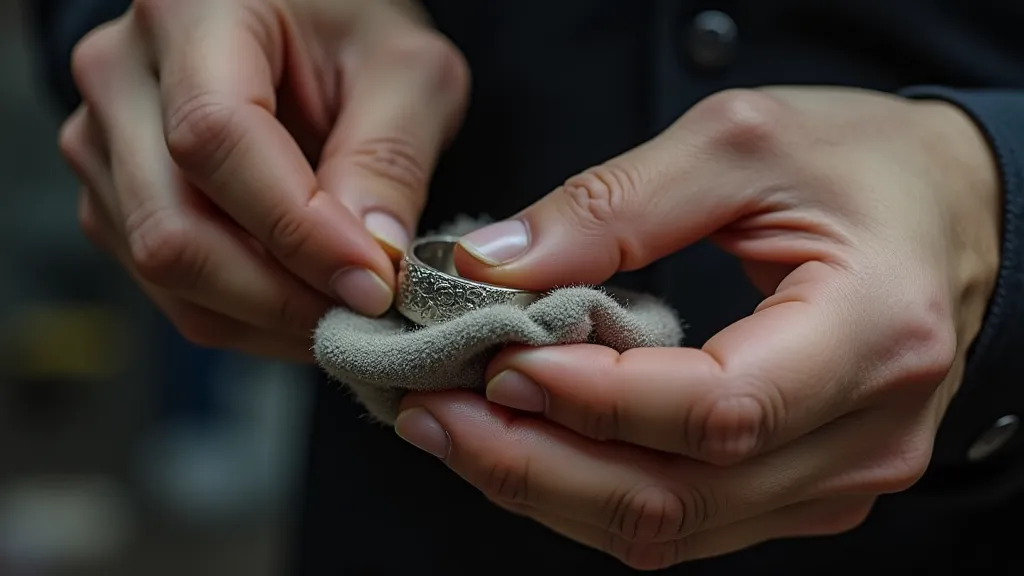
2. Mild Soap and Water (For More Noticeable Tarnish)
If the cloth alone isn't enough, try a mild soap and water solution. Use a very gentle dish soap – something free of harsh chemicals. Mix a few drops of soap into warm (not hot!) water. Gently wash the silver piece with a soft brush or cloth. Rinse thoroughly with clean water and dry completely with another soft cloth. Consider how careful shaping and forming, like crafting a secure silver toggle clasp, influences the piece’s overall integrity and cleanliness.

3. Baking Soda Paste (For Moderate Tarnish - Use with Caution!)
Baking soda is a mild abrasive and can be effective for removing more stubborn tarnish. However, use this method with caution! It can scratch silver if used too vigorously. Mix a small amount of baking soda with water to form a paste. Gently apply the paste to the tarnished areas with a soft cloth. Rinse thoroughly and dry completely. Always test this method on an inconspicuous area first! The process of preparing your silver for shaping can also impact its susceptibility to tarnish, making the selection of appropriate choosing the right files for silver particularly important.

Things to Avoid
- Harsh Chemicals: Avoid using chlorine bleach, ammonia, or abrasive cleaners. These can damage the silver and cause discoloration.
- Scratchy Materials: Don't use steel wool, scouring pads, or abrasive sponges.
- Overly Hot Water: Hot water can damage the silver and any gemstones or other materials incorporated into your piece.
Prevention is Key
The best way to keep your silver looking its best is to prevent tarnish in the first place. Here are a few tips:
- Store Silver Properly: Store your silver pieces in airtight bags or containers, ideally with anti-tarnish strips or cloths.
- Handle Silver Less: Oils from your skin can contribute to tarnishing. Handle your pieces as little as possible.
- Regular Cleaning: A quick wipe with a polishing cloth every few weeks can prevent tarnish from building up.
Deeper Dive: Understanding the Chemistry and Material Science
Beyond the simple cleaning methods, a deeper understanding of why silver tarnishes can inform your care routine. Silver's reactivity stems from its atomic structure. It readily reacts with sulfur compounds in the air, forming silver sulfide, the dark layer we recognize as tarnish. The rate of this reaction is influenced by several factors, including humidity levels, air pollution, and the presence of certain chemicals. Environmental factors are beyond your direct control, but you *can* minimize the impact through careful handling and storage.
Advanced Cleaning Techniques (Use with Discretion)
While the previously mentioned methods are ideal for most beginner silversmiths, occasional, more intensive cleaning might be necessary for heavily tarnished pieces. However, these should be approached with caution and only after researching specific techniques thoroughly:
- Silver Polishing Compounds: Commercial silver polishing compounds are readily available and can provide a more thorough cleaning. However, be sure to follow the product instructions carefully, as some compounds can be abrasive and damage delicate details.
- Electrolytic Cleaning: This method utilizes an electrolytic cell to reverse the tarnishing process. It’s a more complex technique that requires specialized equipment and knowledge. It's best left to experienced silversmiths.
Protecting Your Investment: Beyond Cleaning
Your silversmithing creations are often more than just pieces of jewelry; they're tangible representations of your skill and creativity. Protecting them involves more than just regular cleaning. Consider the long-term storage environment. Direct sunlight can accelerate tarnish, and fluctuating temperatures can cause stress on the metal, potentially leading to cracks or warping, particularly if you're working with intricate designs achieved through dome bending basics.
Frequently Asked Questions (FAQ)
Q: Can I use lemon juice to clean silver?
A: While lemon juice (due to its acidity) *can* remove tarnish, it's not recommended as a primary cleaning method. It can leave a residue and potentially damage the silver's surface. Mild soap and water are a safer and more effective alternative.
Q: Why does silver tarnish faster in some environments?
A: Silver tarnish rates are influenced by the concentration of sulfur compounds in the air. Areas with high levels of pollution or humidity will experience faster tarnishing.
Q: Can I clean silver jewelry with gemstones?
A: Yes, but with caution. Avoid abrasive cleaners and methods that could damage the gemstones. Stick to gentle cleaning techniques and avoid prolonged soaking.
Q: How often should I clean my silver creations?
A: It depends on the environment and how often they are worn. A quick wipe with a polishing cloth every few weeks is generally sufficient. More thorough cleaning may be necessary every few months.
With a little care and these simple techniques, you can ensure your beautiful silversmithing creations remain sparkling for years to come! Happy crafting!
